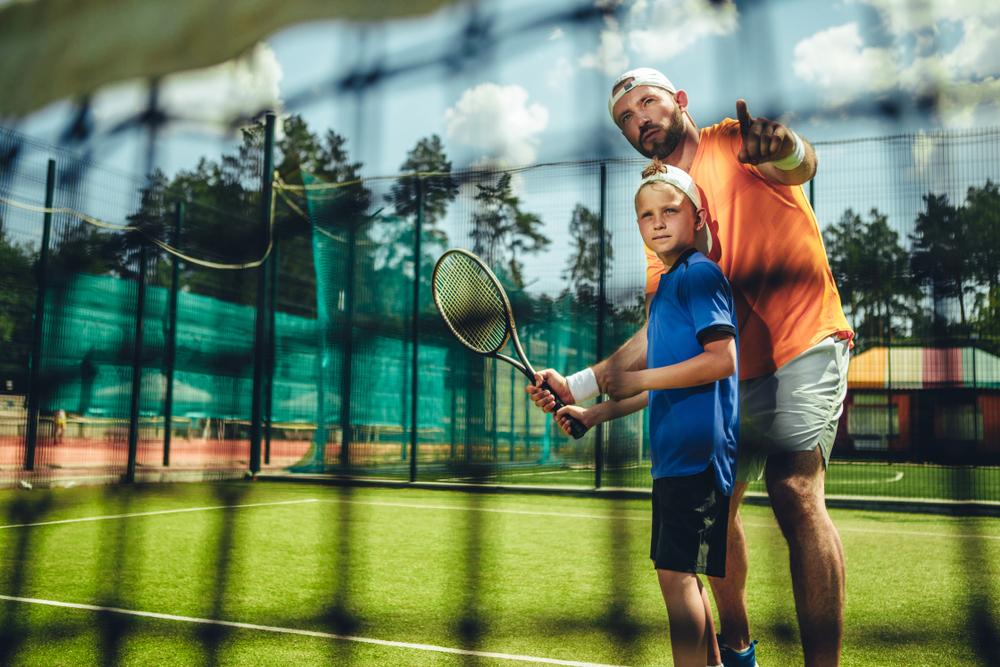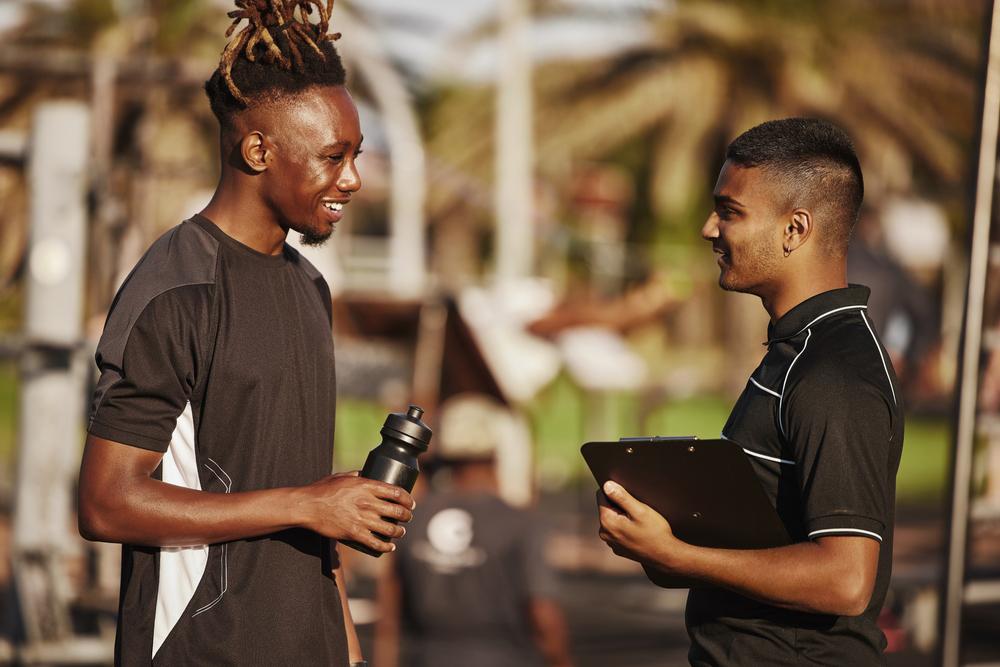 Young athletes are faced with a constant barrage of decisions, ranging from when they should take a shot to what sports they ultimately want to play. But logical, careful decision-making isn’t always a skill that comes naturally — it’s often a skill that needs to be nurtured. It can be a challenge for parents and coaches to find a balance between helping athletes develop those decision-making skills through trial and error while also ensuring that athletes find some success along the way.
Young athletes are faced with a constant barrage of decisions, ranging from when they should take a shot to what sports they ultimately want to play. But logical, careful decision-making isn’t always a skill that comes naturally — it’s often a skill that needs to be nurtured. It can be a challenge for parents and coaches to find a balance between helping athletes develop those decision-making skills through trial and error while also ensuring that athletes find some success along the way.
Dr. Jim Taylor, a sport psychologist and parenting expert, has a unique expertise in helping parents and coaches raise well-rounded athletes who not only excel in sport, but who are able to make rational, well-thought-out decisions from an early age. Here, he talks about the biggest mistakes he sees adults make when it comes to raising a good decision-maker.
Not Understanding Your Role
In early stages of development, when a child’s executive functioning isn’t entirely developed, it can be a challenge for them to make a rational decision. You need to pay attention to your child’s maturity levels (which can ebb and flow over time) and adjust your role in the decision-making process accordingly.
“The role of the parent in decision-making evolves as your child grows,” Taylor says. “It starts as dictator, where you have all the power; then it goes to governor, where you’re giving them some options to choose from; then to consultant, where they consult you for feedback on good decisions; then you become a sounding board, where you’re just listening to them puzzle through decisions. You’re progressively ceding control.”
Offering Too Much Choice
“It’s trendy to focus on ownership and agency, letting kids have a sense of control over their lives,” says Taylor. “But they’ll make millions of decisions throughout their lives, they don’t need to make 50 today. It’s exhausting and confusing.”
It’s okay to moderate some of the decisions your athlete needs to make. Taylor adds, “I use the metaphor of forks in the road. Children are constantly faced with forks in the road: it might be just two, it might be ten choices. We need to help our kids learn to recognize the forks in the road, what the options really are and narrow them down. Research has shown that the more options you’re faced with, the harder it is to make decisions.”
Offering Too Little Choice
On the other side of the spectrum are the parents who don’t offer children any agency, whether it’s choosing their sports for them, laying out clothes to wear, and picking their books to read. Coaches can have the same problem, laying out the game play-by-play and micromanaging athletes until they feel like pawns rather than players.
“Don’t make all of your kid’s decisions,” says Taylor. “Once they become old enough to choose things for themselves, we need to start offering some choices.”
Offering Choices That Don’t Exist
“Often, we make an attempt to give a kid a sense of agency where none exists, with the hope that they will make the ‘right’ decision,” says Taylor. “That’s disingenuous. Don’t offer them decisions in areas where you’re not actually going to honor their choices.”
Saying a Decision is Wrong or Bad
Raising a good decision-maker doesn’t mean raising a child who always makes the right decision, just one who is capable of being decisive, weighing both sides of an argument, and coming to a firm conclusion. If a child chooses soccer when you think he should play baseball, don’t tell him that was the wrong decision.
“Decision-making is a skill, it comes with experience, but it takes confidence. So when you allow a kid to make a decision, it’s not just about that specific decision. It’s about boosting their ability to make a decision later on,” Taylor adds. “You want them to sometimes make bad decisions because that’s how they’ll learn to make good decisions.”
Letting Your Child Avoid Decisions
If you’re the parent or coach of a child who’s obedient to a fault, that may not be an entirely positive thing. “There are some kids who are naturally risk-averse and don’t want to make the wrong decision,” says Taylor. “That fear of failure can be problematic down the road. They start attaching fear to making bad decisions.”
Start pushing the child to make small-scale decisions. Rather than picking your child’s clothes because he or she can’t decide what to wear, Taylor suggests offering two options (the red shirt or the blue shirt). That way, your child is still making a small decision, but it likely won’t be paralyzing.
Not Talking About Decision-Making
Making a choice might seem obvious to you as an adult, but kids need to be taught how to make decisions and that doesn’t come naturally. “Talk through decisions, look at how to list the options, and discuss the costs and benefits of each. Talk about which is the right thing to do. Talk about what is in your kid’s best interest,” says Taylor.
Taylor recommends following up on decisions: have the conversation with your athlete a few weeks after a decision to check in on how that choice looks now. “You can’t go back in time to change that decision, but if you have a period of reflection and talk through it, you might not make the same decision again.”
_____
Remember, you’re a role model for your athlete. Decisions are ultimately made based on core values, and to raise an ethical decision-maker means walking the walk.
“Teach kids to be deliberate about decisions,” Taylor says.
“Whatever you value, you’ll make decisions that align with that. If you value winning at all costs, you might take performance-enhancing drugs. If you value sportsmanship, you won’t. And those values may transfer to your kids,” says Taylor. “Instilling healthy, positive values in kids is the foundation for making those good decisions.”
And while it can be maddening waiting for a child to make a decision when you’re trying to tick an item off of your to-do list, remember that you’re not trying to raise someone who can make abrupt decisions. You’re trying to raise a child who can make measured, carefully considered decisions.



